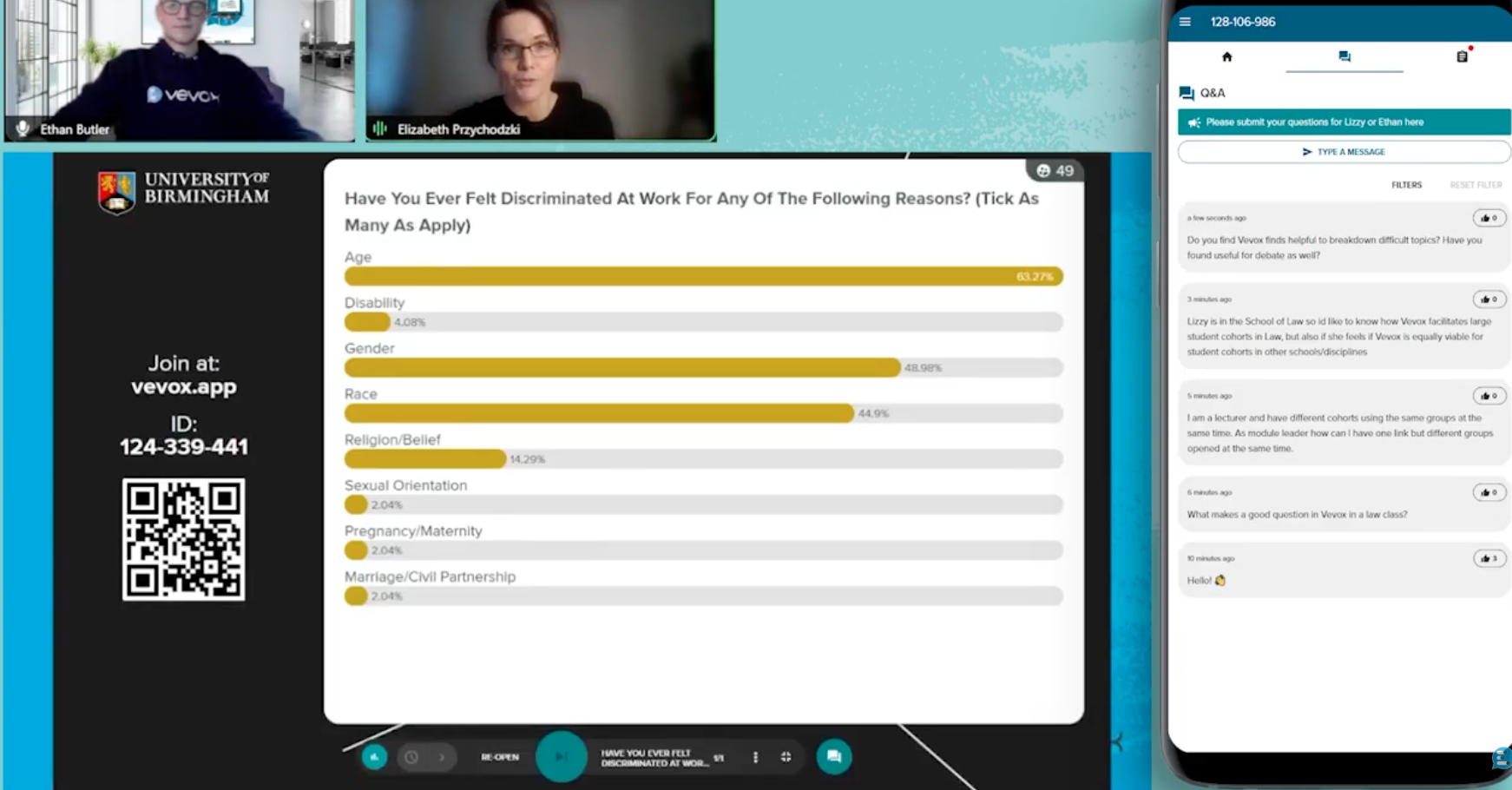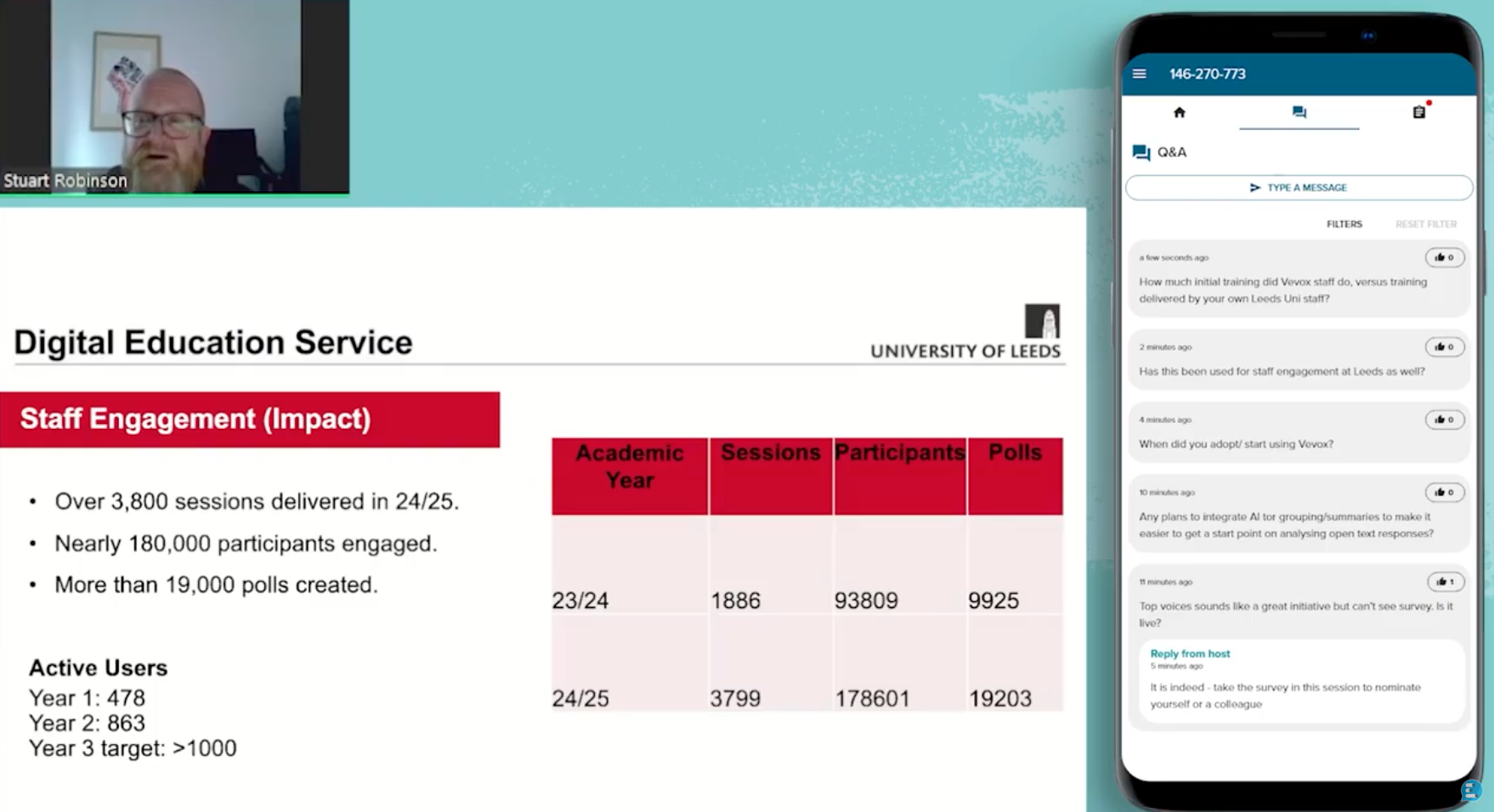Organisations of all sizes and sectors go through changes that impact their employees. Government research indicates that most organisations undergo major change about ‘once every three years’. Change can come in many formats such as rebrands to M&A, redundancies, office locations, new exciting initiatives, processes and tools, to company expansions or new market opportunities.
But not all changes are positive though and often changes can provoke varied emotional responses such as happiness, anxiety, fear, disillusionment, acceptance, excitement or guilt. To make change programs succeed regardless of the type of change and the scale of it, communications need to be effective, purposeful, consistent and make the ‘right impact to plan for those emotional responses’ (Government Communication Service). “Change communications is often perceived as company meetings and roadshows, emails and messages sent with fact sheets and FAQs” as cited by Conversations of Change. Indeed, these are activities that might be conducted in a change management project but change communication can mean so much more than timely events and drip-fed messages.
Change communication like other internal comms and employee engagement strategies is all about inclusion and making your workforce feel part of the change process by allowing them to actively voice their feedback. It’s also about ensuring the program is aligned to your company culture and values, so that everyone feels connected and isn’t left in the dark, as many companies struggle with motivating and engaging employees within the change process.
According to McKinsey & Company and other conducted research “70% of change communications and programs fail to achieve their goals, largely due to employee resistance and lack of management support”.
The number reason (as cited by many research publications) that change communication fails is the lack of buy-in from employees and managers. Studies show that “change is 30% more likely to stick if people are truly invested”. There can be many reasons for a lack of buy-in, support and employee resistance to change, some of these include:
- With change comes some uncertainty. People become fearful when changes aren’t explained to them well. Even if there are some grey areas in the change, these need to be communicated as employees will feel reluctant to buy-in unless they know the complete overview.
- Feeling disenfranchised and excluded from the process. By lots of change happening to them and not having a sense of control over it, they feel overwhelmed with it all. Thus, making employees feel helpless. Inclusivity is key to overcoming this feeling.
- Changes sometimes feel sudden which makes employees feel uneasy and alarmed. Effective, timely communications and the steps to announcing/explaining these changes are key to diminishing anxiety. Explain the rationale, the timetable and what is/what’s not changing.
- A lack of inclusion and employee participation in change can make it come across that you don’t care about your workforce. Actively listen, acknowledge and respond to people’s concerns.
- Keep true to your word. Don’t make false promises. Managers need to be all on the same page, onboard and there needs to be a consistent understanding. Likewise, leaders need to set a clear vision on this and encourage employees. Set aside face to face discussions and townhalls as the human element is vital. The importance of social connection is explained well in this article 'Neuroscience: Managing Change in the workplace' by Hilary Scarlett. Make these meetings, two-way dialogues using digital anonymous and moderated Q&A tools, so employees can voice their thoughts and questions.
There are many ways to avoid these change management faux-pas by using the fundamentals to any change comms plan. Many of which can be explained by other Internal Communication Professionals in these articles: "The most important factors when it comes to change communications" and "Change comms: honesty is the best policy".
But being human, honest, transparent and compassionate is advice that’s been shared with me when discussing change communications. Giving people false expectations, spinning the truth or plain lying and not sharing all the information can spread resistance and toxic feelings amongst your organisation. Getting change communication wrong can also damage the overall credibility of communications, so it’s important to get it right.
All leaders and managers must have active roles in large-scale change processes rather than being passive bystanders. It is important that they are included in the planning and are part of every stage in the process, so the change program and communications is carefully thought out for every phase to eradicate confusion or resistance. It’s only through getting employees to understand the change fully, talking through and putting concerns to bed and being honest with employees that you can keep them engaged in the process.
To see what other internal communication professionals have had to say on the topic (including the Head of Internal Communications at Trustpilot, Global Communications and Engagement Manager at Ernst & Young and Global Internal Communications at Apple) and to find out what their ‘most important factors are when it comes down to communicating changes', then read the other articles here:
PART 2: "The most important factors when it comes to change communications"




